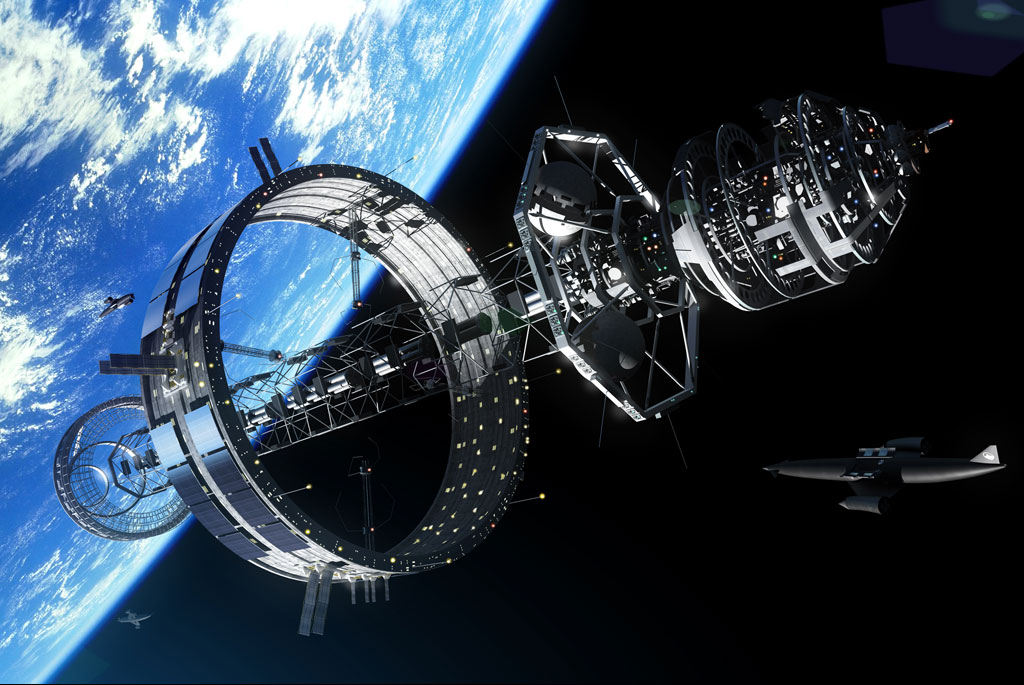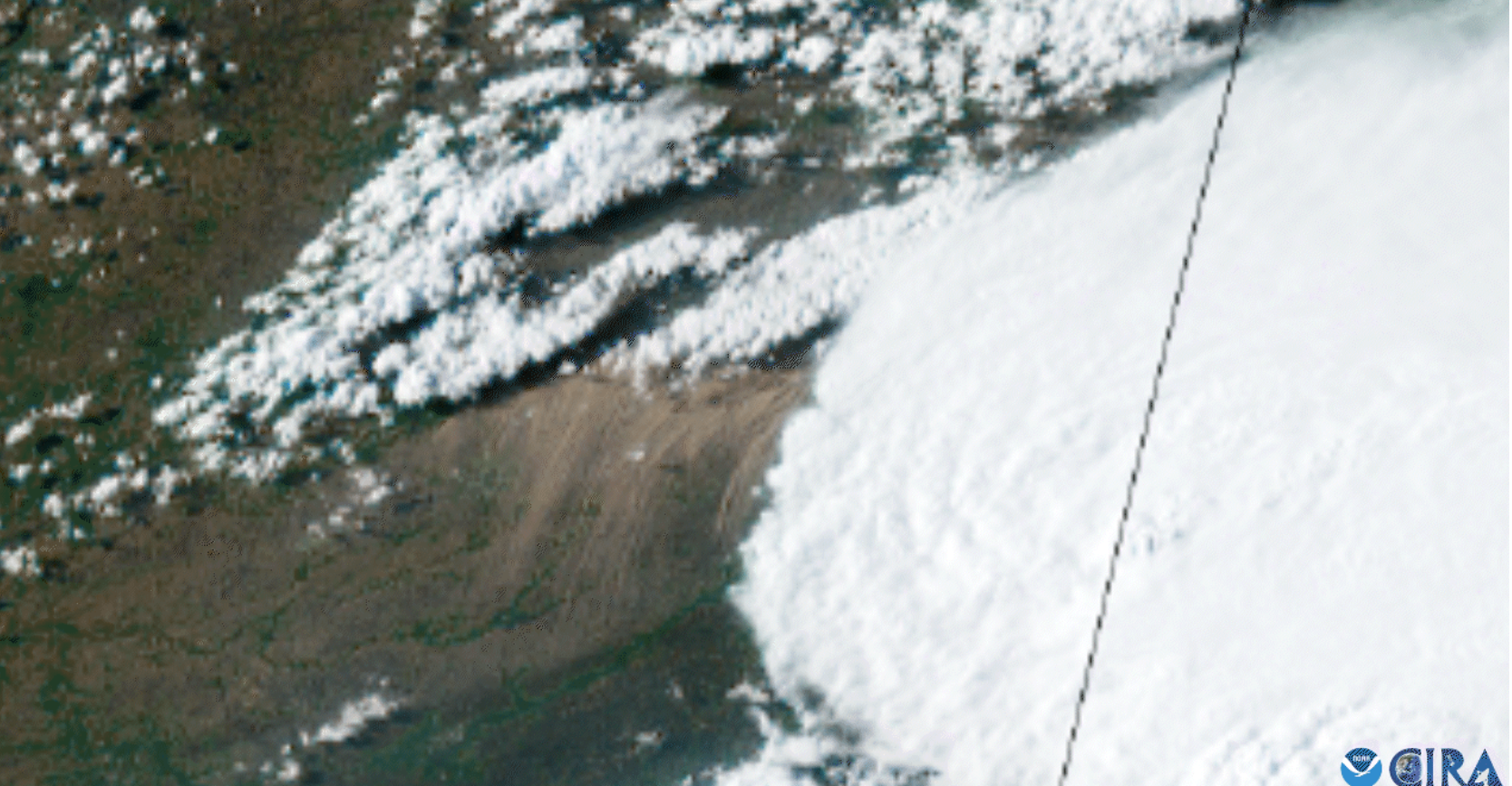
NASA has granted funding to a dozen imaginative tech concepts, in the hopes that one or more of them will lead to big breakthroughs in space science and exploration.
The 12 ideas, which were selected under Phase 1 of the NASA Innovative Advanced Concepts (NIAC) program, are ambitious and varied. One aims to build biomaterials such as human tissue with a 3D printer, for example, while another proposes to induce deep-sleep torpor states in astronauts making the long journey to Mars.
"These new Phase 1 selections include potential breakthroughs for Earth and space science, diverse operations and the potential for new paths that expand human civilization and commerce into space," NIAC program executive Jay Falker said in a statement. [Future Visions of Human Spaceflight]
Phase 1 awards are worth about $100,000. The selected mission teams will use the money to conduct nine-month initial analysis studies, after which they can apply for Phase 2 funding of approximately $500,000 for two more years of concept development.
The 12 selected concepts, along with their principal investigators, are:
— Pulsed Fission-Fusion (PuFF) Propulsion System (Rob Adams, NASA Marshall Space Flight Center)
— Torpor-Inducing Transfer Habitat For Human Stasis To Mars (John Bradford, Spaceworks Engineering, Inc.)
Get the Space.com Newsletter
Breaking space news, the latest updates on rocket launches, skywatching events and more!
— Two-Dimensional Planetary Surface Landers (Hamid Hemmati, NASA Jet Propulsion Laboratory)
— Dual-mode Propulsion System Enabling CubeSat Exploration of the Solar System (Nathan Jerred, Universities Space Research Association)
— Growth Adapted Tensegrity Structures: A New Calculus for the Space Economy (Anthony Longman)
— Eternal Flight as the Solution for 'X' (Mark Moore, NASA Langley Research Center)
— Deep Mapping of Small Solar System Bodies with Galactic Cosmic Ray Secondary Particle Showers (Thomas Prettyman, Planetary Science Institute)
— Biomaterials Out of Thin Air: In Situ, On-Demand Printing of Advanced Biocomposites (Lynn Rothschild, NASA Ames Research Center)
— Plasmonic Force Propulsion Revolutionizes Nano/PicoSatellite Capability (Joshua Rovey, University of Missouri, Rolla)
— Transformers For Extreme Environments (Adrian Stoica, Jet Propulsion Laboratory)
— 10-Meter Sub-Orbital Large Balloon Reflector (Christopher Walker, University of Arizona)
— Low-Mass Planar Photonic Imaging Sensor (Ben Yoo, University of California, Davis)
The NIAC program has been operating in its present form since 2011. The original NIAC, called the NASA Institute for Advanced Concepts, ran from 1998 through 2007. (In 2008, Congress ordered the U.S. National Research Council to investigate NIAC's effectiveness and importance. The reviews were favorable, leading to the program's resurrection several years later.)
To learn more about the 2013 Phase 1 selections, go to the NIAC page here: http://www.nasa.gov/content/nasa-niac-2013-phase-i-selections/#.UemEPBy3DB8
Follow Mike Wall on Twitter @michaeldwall and Google+. Follow us @Spacedotcom, Facebook or Google+. Originally published on SPACE.com.
Join our Space Forums to keep talking space on the latest missions, night sky and more! And if you have a news tip, correction or comment, let us know at: community@space.com.

Michael Wall is a Senior Space Writer with Space.com and joined the team in 2010. He primarily covers exoplanets, spaceflight and military space, but has been known to dabble in the space art beat. His book about the search for alien life, "Out There," was published on Nov. 13, 2018. Before becoming a science writer, Michael worked as a herpetologist and wildlife biologist. He has a Ph.D. in evolutionary biology from the University of Sydney, Australia, a bachelor's degree from the University of Arizona, and a graduate certificate in science writing from the University of California, Santa Cruz. To find out what his latest project is, you can follow Michael on Twitter.
